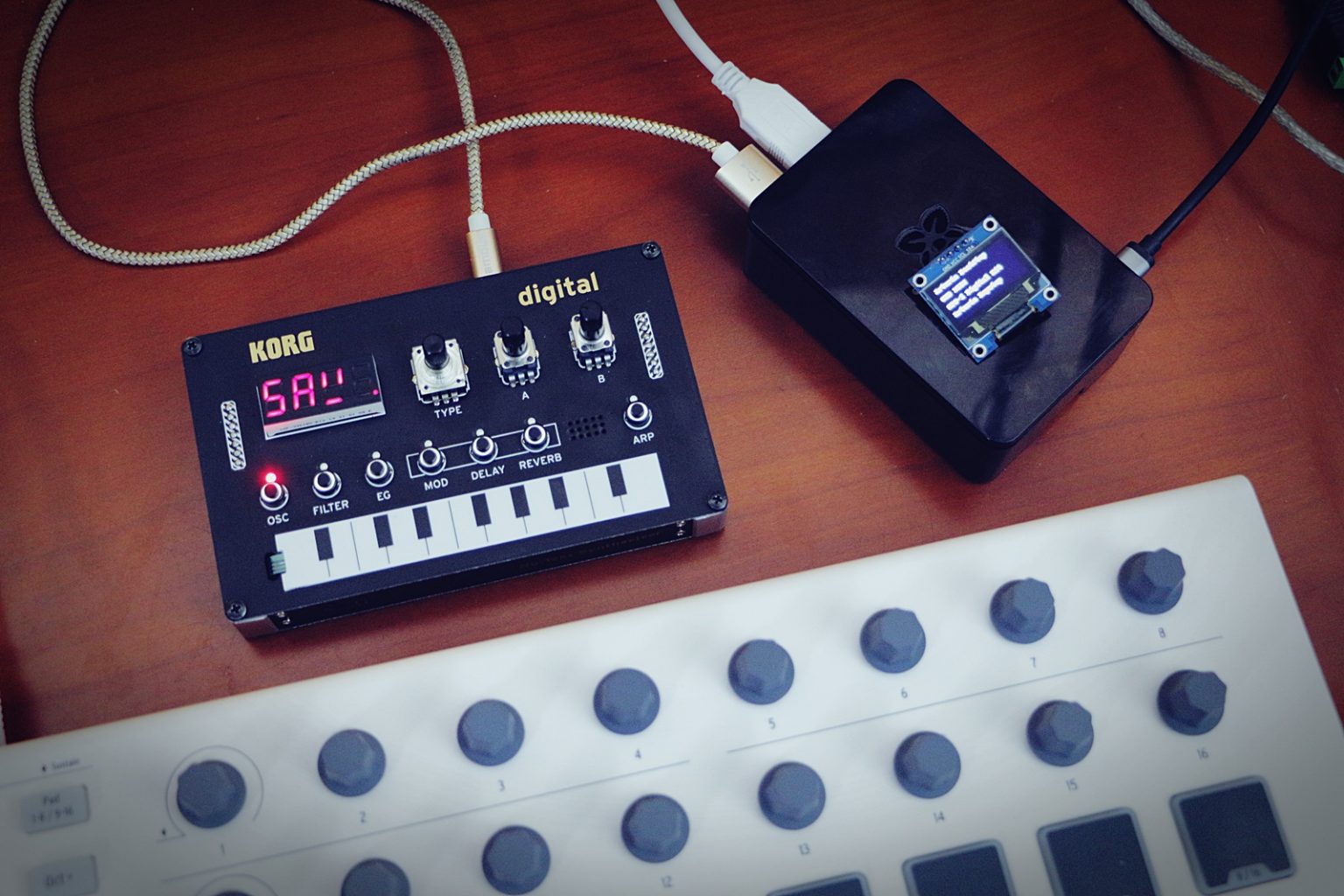

- #Using a midi patchbay without usb driver#
- #Using a midi patchbay without usb Patch#
- #Using a midi patchbay without usb windows 10#
- #Using a midi patchbay without usb pro#
- #Using a midi patchbay without usb software#
The Freqport system complete with hardware and software installers for Windows and Mac (VST3, AU and AAX beta) is priced 850 EUR. Forget your MIDI patchbay, CV converter, daisy chains and complicated routing.
#Using a midi patchbay without usb driver#
This is impossible with single circuit analog processors. The TD-3 is a USB Class Compliant MIDI device, and no driver installation is required. Multi-Instance Analog: Multiple analog processing circuits allow more than one audio signal to be processed at the same time within your digital workflow.
#Using a midi patchbay without usb Patch#
No longer do you need to deal with the pain of trying to replicate settings on your analog kit. Our computer won't merge so a simple USB 8x8 is not necessary I have seen stuff on ebay with digital control no need for that cause my buddy is not into setting up or storing setups I could live with one but we are trying to make it as easy as re-pluging midi patch cables sorry I don't have the patience to solder anything at the moment.

I placed the slower interface on the Output side (Proteus) the latency is not quite as blatant on that side. I placed the fast interface on the Input side (Controllers) because I needed to regain my ability to record live MIDI. Proteus/1 Pop/Rock (16 Channels) I had to swap out one of the Yamaha UX16 interfaces and replace it with a garden variety USB 2.0 MIDI interface. Yamaha DX-100 (1 Channel) (Secondary Controller) Roland D5 (8 Channels) (Primary Controller) Roland TR-505 (1 channel) (Aux Controller)
#Using a midi patchbay without usb windows 10#
I am currently running Windows 10 on the following equipment AMD Athlon 2 Dual Core running 3.1 GB 4 GB Memory 2 TB HD 2 USB 3.0 ports for the Yamaha UX16 Yamaha UX16-1. I've had to switch to all USB interfaces because of major latency issues especially on the input controller connections. Before the Windows Operating Systems forced me out of my bus card based MIDI interfaces I had no problem running 32 channels of MIDI using a pair of MIDI interfaces. SONAR X3 sees but will not use 2nd Yamaha UX16 USB MIDI interface. The other interfaces developed major latency problems and did not have Win7 or 10 drivers.

I have regained some of my MIDI functionality when I installed a USB 3.0 card and my Yamaha UX16 MIDI interface. I am just now getting to where the DAW runs without locking up the PC but that has happened at the expense of my MIDI live input.
#Using a midi patchbay without usb pro#
Back then I used a Yamaha MT1X four track, Cakewalk Pro and a SMPTE tape sync from a Music Quest MIDI card do what these DAWs are supposed to do. I have pretty much been using MIDI since it hit the stores 30 or so years ago. Lately, I have been writing for larger ensembles and needed more than 16 MIDI channels. SONAR X3 sees but will not use 2nd Yamaha UX16 USB MIDI interface


 0 kommentar(er)
0 kommentar(er)
